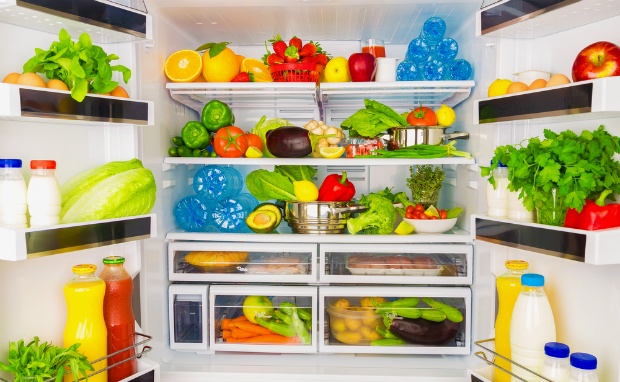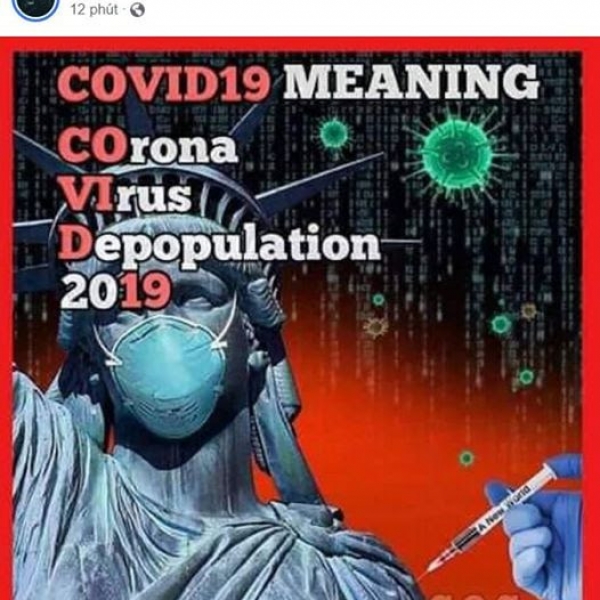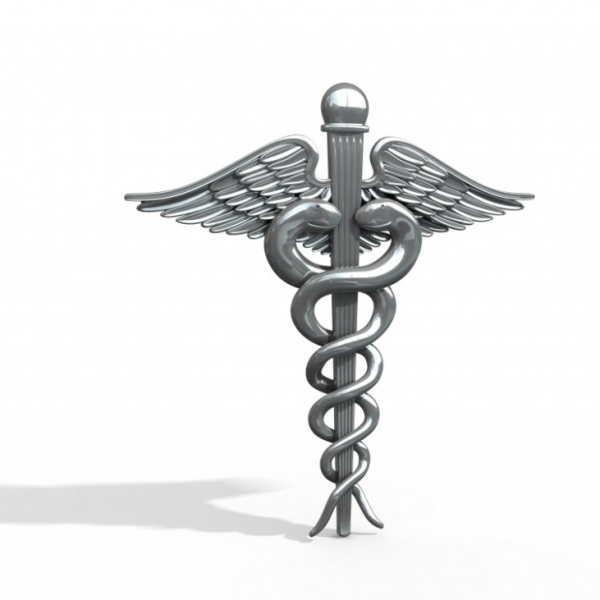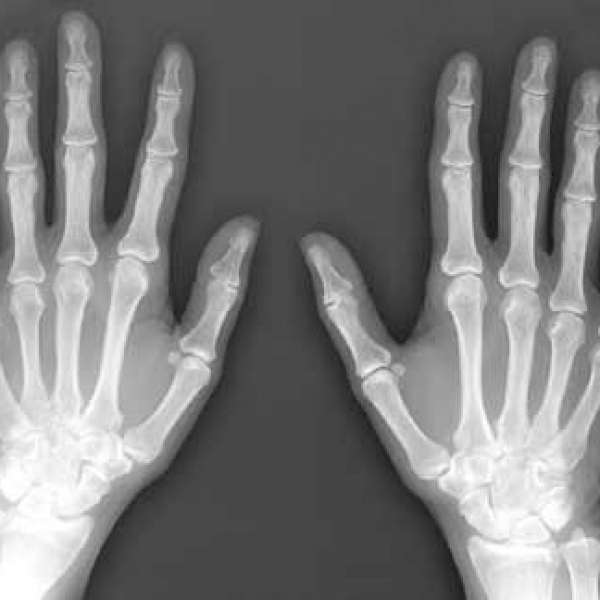Contact Admission
Optimal way of selecting, preserving and processing food
Today, fruit and vegetable products from farms are transported to markets or supermarkets in cities, and then due to busy work, consumers often buy them and store them in the refrigerator. A few days (even a few weeks) before it can be processed. Meanwhile, right after harvesting, fruits and vegetables will immediately begin the decomposition process, losing nutritional value.

According to a 2010 study, fresh vegetables can lose about 45% of their nutritional value between harvest and being displayed on shelves at supermarkets / stores. The extra time it takes from when you buy the vegetables home until it becomes the dish on the table, in fact, you only consume less than 1/3 of the nutritional value of the food.
Here are some tips to be able to store as many nutrients as possible in fruits and vegetables.
1. Do not wash immediately
In most cases washing will stimulate spoilage and speed up mold formation. Therefore, you should only wash fruits and vegetables right before eating, not wash and then put in the refrigerator, a few days after eating. Washing will remove the outer protective layers, making vegetables and fruits ripen faster, especially strawberries.
2. Pack gently and separate each type
The closer you keep the vegetables to other foods in the refrigerator, the faster they will wilt and rot. Fruit stored in the same place will ripen prematurely and spoil the surrounding vegetables. Apples, in particular, can turn green leafy vegetables into brown leaves.
Separate fruits and vegetables, store in different compartments of the refrigerator and do not pack too tightly. Eliminate any ropes or rubber bands that vendors use to tie vegetables and gently wrap vegetables with paper, plastic bags, cloth bags, or glass containers. Note that tomatoes will be best kept in the natural environment. Storing tomatoes in a plastic bag will make the tomatoes ripen and rot faster. Avoid storing vegetables in too tight bags as they will "suffocate" and speed up rot / spoilage.
Most vegetables are best preserved in the refrigerator's vegetable drawer. Garlic, onions, chives, potatoes, sweet potatoes and pumpkins are best stored in a cool, dark environment.
3. Buy vegetables from local people
Most of us know this, but here's a good piece of advice if you can afford it: Buying vegetables directly from a farmer will reduce transit time and storage time, which in turn will help you. retain more nutrients, and prices are usually cheaper than buying from supermarkets in the city.
4. Buy vegetables on the front shelf (exposure to light), not the back
Another interesting finding by researchers from the US Department of Agriculture showed that within 24 hours of light exposure at fruit and vegetable stalls, vegetables stored on the front shelves had higher nutritional value. the same vegetables are kept on the back shelves, although these are tested for equally nutritional content when placed on a shelf. Some essential nutrients, like folate, were significantly higher (9 times higher) on vegetable shelf more exposed to light. Similar levels of lutein, beta - carotene and vitamin K were higher on this shelf.
5. If you are not going to eat right away, buy frozen fruit
Studies comparing frozen and fresh fruits have shown that frozen fruits can retain more nutrients than fresh ones, as long as they are frozen immediately after harvest. Researchers also point out that, although the majority of vegetable store owners claim that their vegetables are freshly harvested within the last 4 days, in reality, they are all harvested in for at least 9 days (or even more), and may still be available for sale even 4 days after the study. In your home, vegetables are preserved (again), meaning they may have been in storage for 16 days (half a month) by the time you eat them.
According to a study at the American Food Institute, raw beans can lose up to 45% of their nutrients, broccoli and cauliflower can lose about 25%, and carrots can lose about 10% of their value. nutrition. That is, frozen green beans can contain about 30% more vitamin C than fresh green beans and frozen green beans can contain about 45% more than fresh green beans about 45% nutritional value. Another study published in 2007 in the journal the Journal of the Science of Food and Agriculture also confirmed this. The researchers said that the loss of nutrients from raw vegetables and fruits during storage and cooking may be more than we think. Depending on the item, the canning process and the freezing process may help retain more nutritional value.
So if you are not planning on eating the fruits and vegetables you are about to buy right away and are planning to put them in the refrigerator for a few days before eating, then it's best to buy frozen vegetables.
6. Buy young vegetables
In general, young fruits and vegetables will have more nutrients than older vegetables. Research has shown that young leaves will have more bioactive substances and higher levels of nutrients than older leaves. The same is true for cruciferous vegetables.
7. Preserved intact
Researchers have found that, if you cut fruits and vegetables and then preserve them, the fruit and vegetables lose 10-25% of their antioxidants, like vitamin C and carotenoids. in about 5-6 days, because they are exposed to oxygen.
Likewise, avoid cutting vegetables as doing so will release substances that stimulate spoilage and rot. Cutting vegetables into bags and storing them in the refrigerator seems to be very convenient, but by doing so, you accidentally lose nutrients and even stimulate the degradation of the food. Ideally, you should wait and just cut the vegetables right before eating.
8. Buy mushrooms are exposed to light
Traditional fungi usually contain little or no vitamin D, but mushrooms grown in UV light can turn an endogenous plant sterol (ergosterol) into vitamin D. You can also expose them to vitamin D. mushrooms at home, exposing them to light. On some product labels, it will also indicate that this is a fungus that has been exposed to UV rays.
9. Think carefully before cooking
Cooking can destroy antioxidant carotenoids such as beta-carotene, lycopene, and lutein. Boiling will make it easier for them to dissolve into the water and overcooking (in any way) also loses nutrients due to cell destruction.
To keep as many nutrients as possible, steam, fry or fry and cover the pot tightly when possible. In general, more nutrients are retained if the food has less contact with water, short cooking times and less exposure to heat. Cook fruits and vegetables with the skin on. Nuts should not be washed too thoroughly, for example rinsing the rice thoroughly, unless the instructions are written so. Washing / rinsing too thoroughly can lose about 25% of vitamin B1.
10. Drink the juice immediately
If you are going to squeeze juice, you may be planning to save time by squeezing enough fruit to make 2 cups of water, then put one cup in the refrigerator, wait a while to drink. . However, you did not know that the second cup of juice will not be as nutritious as the first cup. Ideally, you should drink fruit juices right after you are done. Cold pressing the juice will retain more nutrients than a smoothie.
You must have tried some of the methods above. But if you follow all of the above preservation methods, you will keep your fruits and vegetables fresh and nutritious.
Source National Institute of Nutrition
Other news
- These small but the benefit did not expect help prevent COVID-19 ( 08:44 - 27/04/2021 )
- Foods that help prevent breast cancer ( 08:42 - 27/04/2021 )
- How to recognize and prevent dengue fever ( 09:39 - 22/04/2021 )
- 6 ways to limit your risk of colorectal cancer ( 13:13 - 14/04/2021 )
- 5 warning signs of a weakened immune system and food to increase resistance ( 08:46 - 06/04/2021 )
- Why do people who have received COVID-19 vaccine still have to wear a mask? ( 08:47 - 31/03/2021 )
- Possible side effects after COVID-19 vaccination ( 10:48 - 20/03/2021 )
- Habits help the brain sharp to old ( 10:41 - 20/03/2021 )
- How salt changes food and affects our bodies ( 10:38 - 20/03/2021 )
- Kinds of bean ( 08:43 - 17/03/2021 )








